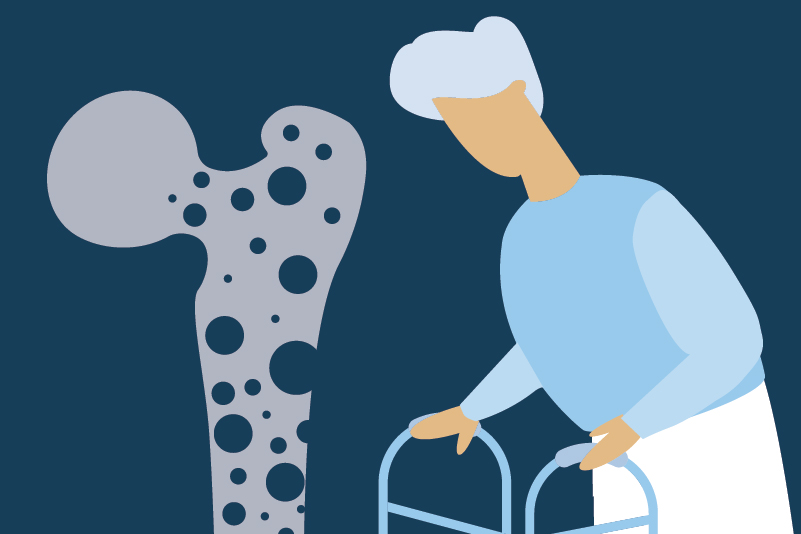#106 Vitamin D Levels: Vitamin Do or Vitamin Don’t

Reading Tools for Practice Article can earn you MainPro+ Credits
Join NowAlready a CFPCLearn Member? Log in
- An extensive systematic review1 on serum 25-hydroxyvitamin D (25-OHD) suggests levels:
- >75 nmol/L “are not consistently associated with increased benefit.”
- Above 50 nmol/L are “practically sufficient for all persons.”
- Between 30–50 nmol/L “places some, but not all, persons at risk for inadequacy.”
- <30 nmol/L places one “at risk relative to bone health.”
- Levels <75–80 nmol/L for Canada, USA, and UK are 97%, 77%, and 87%, respectively.2-4 These are not necessarily concerning based on above systematic review.
- Canadian results of potentially concerning levels showed 61% are <50 nmol/L2 and 13% below 40 nmol/L.1
- While levels ≤74 nmol/L are considered “insufficient” by some provincial laboratories,5 this is not supported by the evidence.
- Every 800 IU of vitamin D increases 25-OHD by 8–16 nmol/L; however, the dose-response relationship is not directly linear and is affected by many factors such as season, adiposity, and skin pigmentation.1,6
- Vitamin D assays have a coefficient of variation that may be as high as 10–20%,1 meaning changes in levels with doses of 800 IU/day may not be discernable due to variability in the test.
- TOP guidelines suggest supplementing without testing and exceptions where testing may be helpful are also provided in these guidelines.7
- Mega doses of vitamin D (i.e. 150,000 IU every three months) have been associated with increased adverse events, including falls and fractures.8,9
- Enrolment in many vitamin D supplementation trials was not based on vitamin D levels and treating on speculation was beneficial.10-12
- Vitamin D doses in most trials were not adjusted based on vitamin D levels.13-19
- A 25-OHD assay costs $61.32.20














